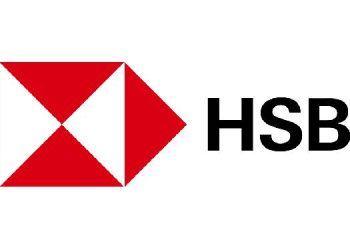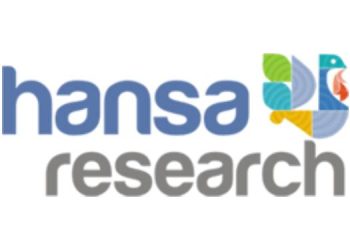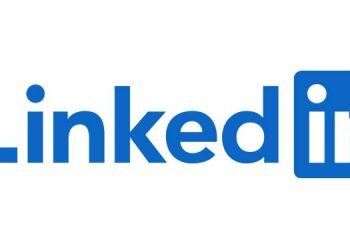Mumbai: Meta has unveiled two key trends that are shaping the future of online shopping in India— the rise of Quick Commerce and the rapid growth of online shopping in tier-2 and tier-3 towns. A comprehensive study commissioned by Meta reveals how AI-driven personalization, influencer creators, and messaging platforms are making online shopping, especially through Quick Commerce platforms, more accessible and efficient for consumers across India.
Arun Srinivas, Director and Head (India), Ads Business, Meta, commented, “As we near the end of 2024, the rise of Quick Commerce and the acceleration of online shopping in tier-2 and tier-3 towns stand out as transformative trends. Our studies highlight how AI-powered personalization, creators, and messaging are helping Quick Commerce platforms become more discoverable, offering seamless and impactful shopping experiences that resonate with evolving consumer preferences.”
The study, conducted by GWI for Meta, surveyed over 2,500 internet users aged 16-64 across India, offering insights into consumer behavior in the Quick Commerce space. The key findings include:
Widespread Awareness & Usage: Nine out of 10 respondents are aware of Quick Commerce services, with half of them having used these services within the last week, demonstrating how quickly these platforms have integrated into daily life.
- Product Categories: While grocery and personal care products remain the dominant categories in Quick Commerce, there is a growing trend in niche categories like skincare, hair care, and health and wellness.
- AI-Powered Discovery: A staggering 86% of respondents discovered new Quick Commerce brands or products via Meta platforms, with AI-driven recommendations enhancing product visibility and driving higher conversion rates across its channels.
- Influencers’ Impact: Influencers and creators play a pivotal role in shaping consumer choices. Over a third of respondents discovered new products or brands through influencers, and 30% made a purchase based on an influencer’s recommendation.
- Gen Z Leading the Charge: Gen Z is leading the Quick Commerce adoption, with 87% of this demographic discovering new products or brands via Meta platforms. They are also leading the way in niche categories like sportswear, wellness, and pet supplies.
Alongside the Quick Commerce study, Meta also commissioned the ‘E-Commerce Purchase Journey Study in Tier-2 and Tier-3 Cities’ to explore shopping habits in smaller towns. The findings of this study, which surveyed 2,182 internet users from tier-2 and tier-3 cities, show:
- Top Categories: Fashion, food, beauty, and mobile phones are the leading categories for online purchases in tier-2 and tier-3 towns. Interestingly, online and offline purchases for categories like jewellery, large electronics, and home furnishings are now on par.
- Social Media’s Role in Discovery: 68% of respondents in these towns discovered new products through social media, with 59% of them finding products via Instagram Reels and 57% through influencers.
- Messaging Platforms for Purchases: Over half (55%) of respondents have used messaging platforms to make a purchase in the last 12 months, with WhatsApp being the dominant messaging app, used by 95% of respondents.
- Influencers and Purchase Decisions: Among those who follow influencers, 46% say that watching influencers promote products and comparing different options influences their purchase decisions.
As the consumer landscape in tier-2 and tier-3 markets evolves, the study highlights the growing potential for Quick Commerce to expand in these regions in 2025. Social media, particularly Meta platforms, is playing a central role in this shift, driving the next wave of online shopping across Quick Commerce and beyond in smaller towns.
Meta’s findings indicate that with AI-driven tools, influencer-driven discovery, and seamless messaging capabilities, Quick Commerce is poised to capture a larger share of the market in India, particularly in tier-2 and tier-3 towns, where the online shopping ecosystem is accelerating rapidly.
















